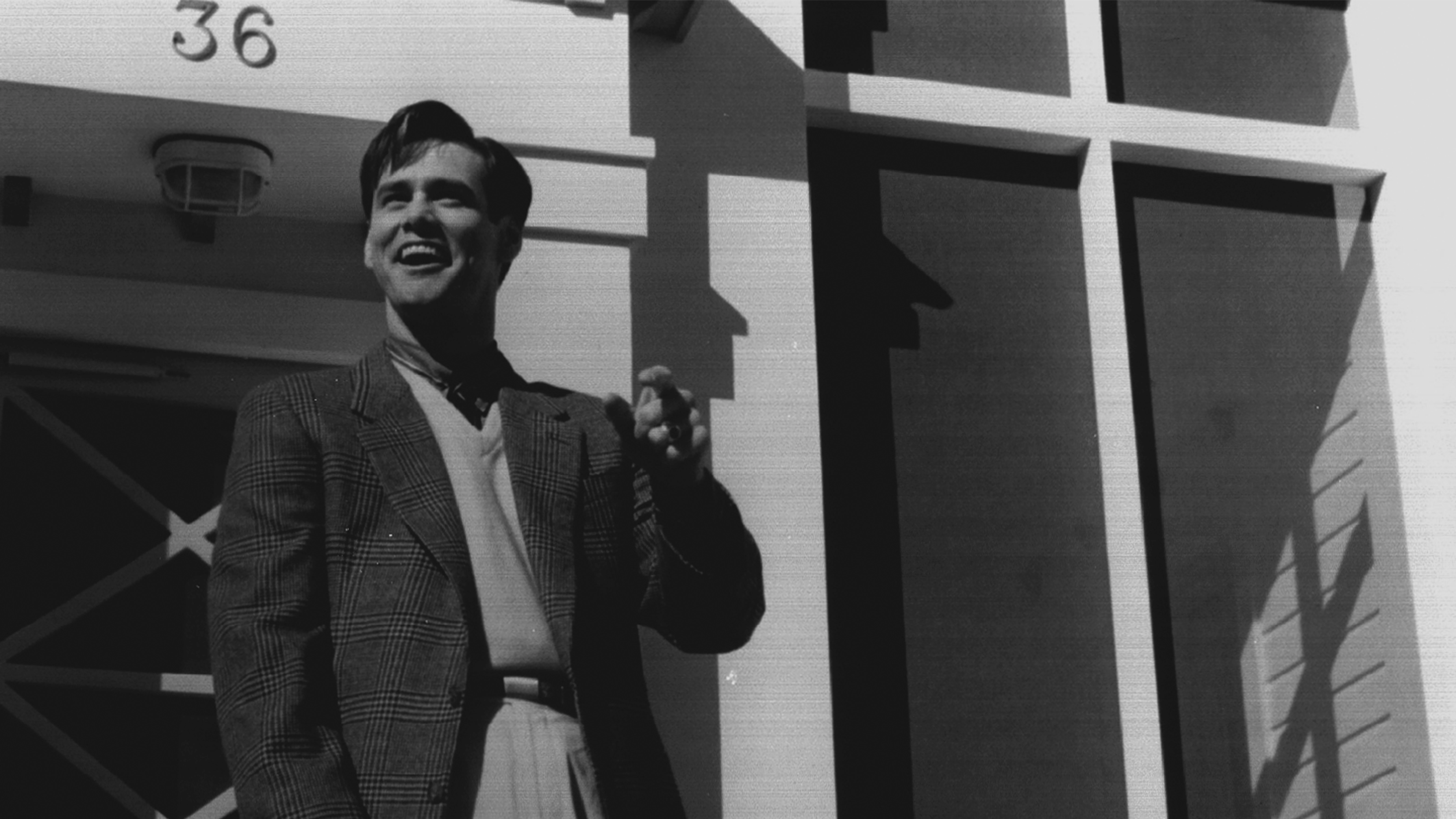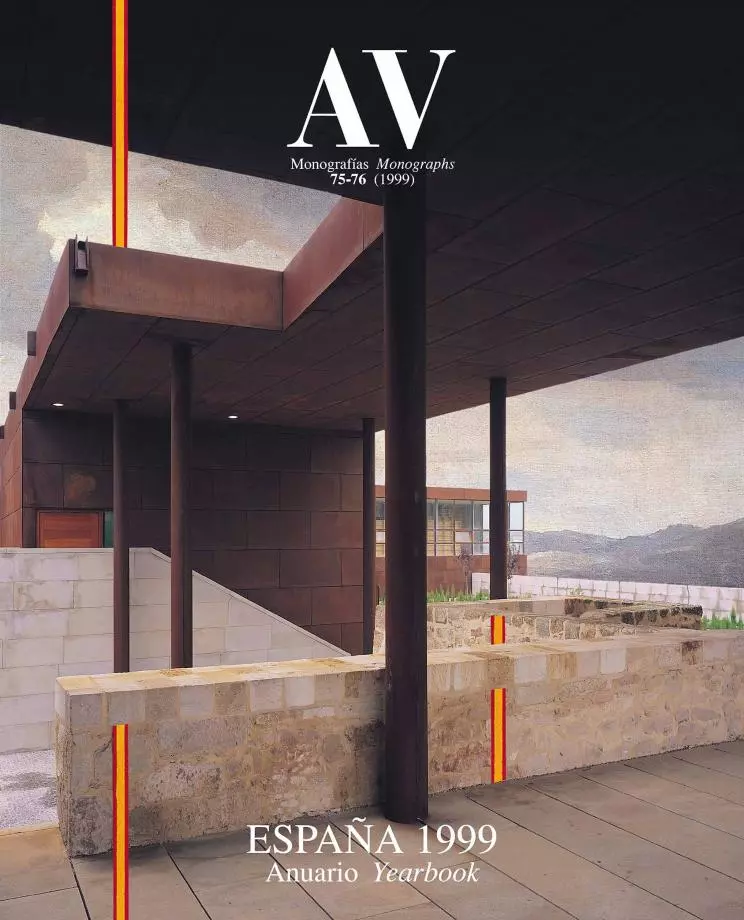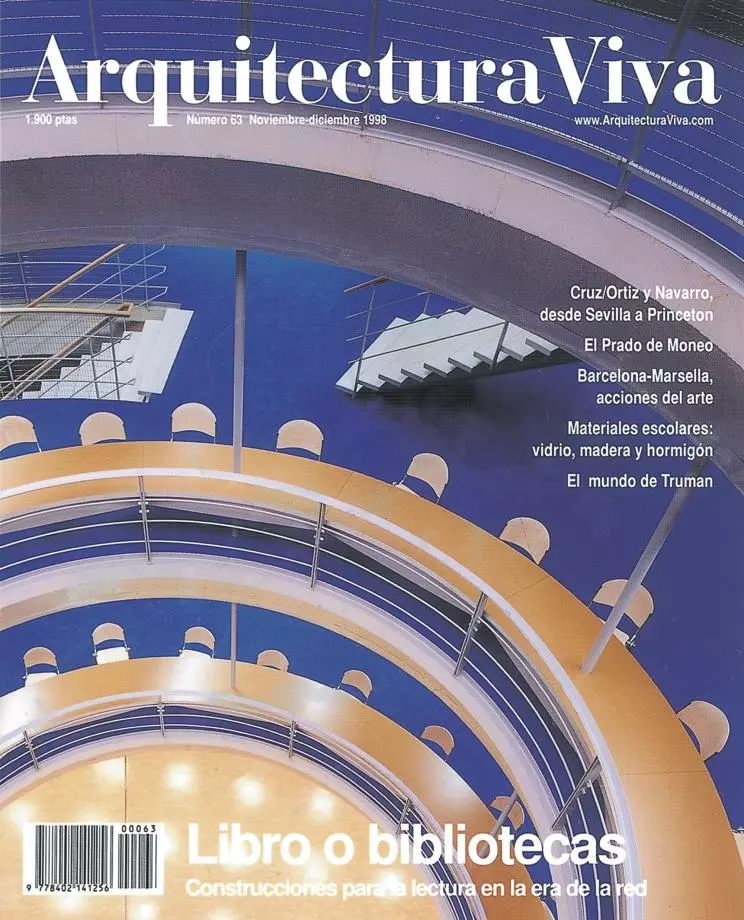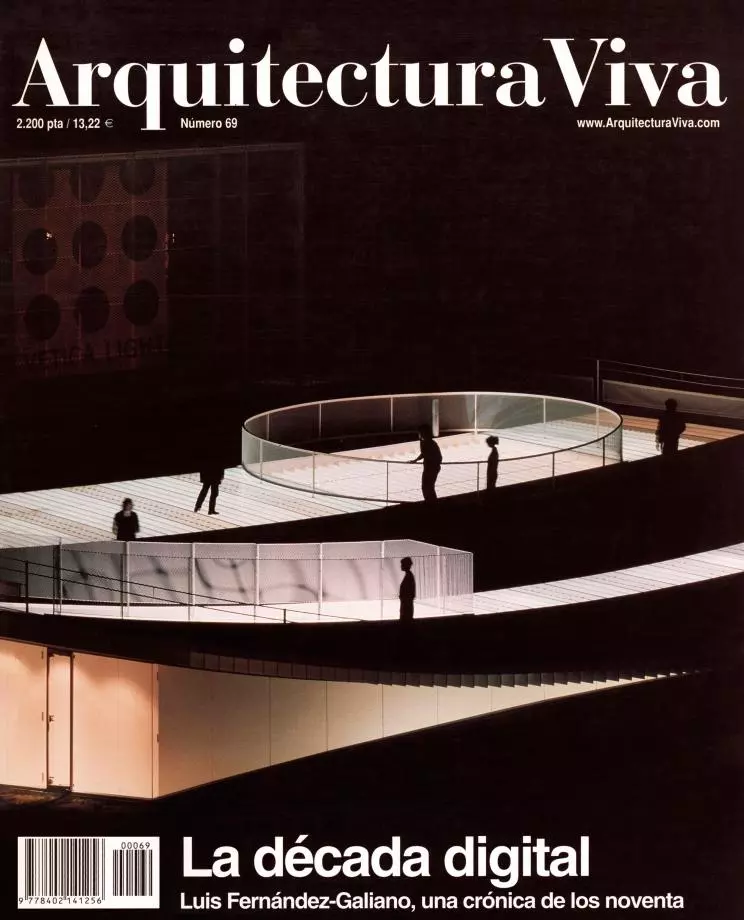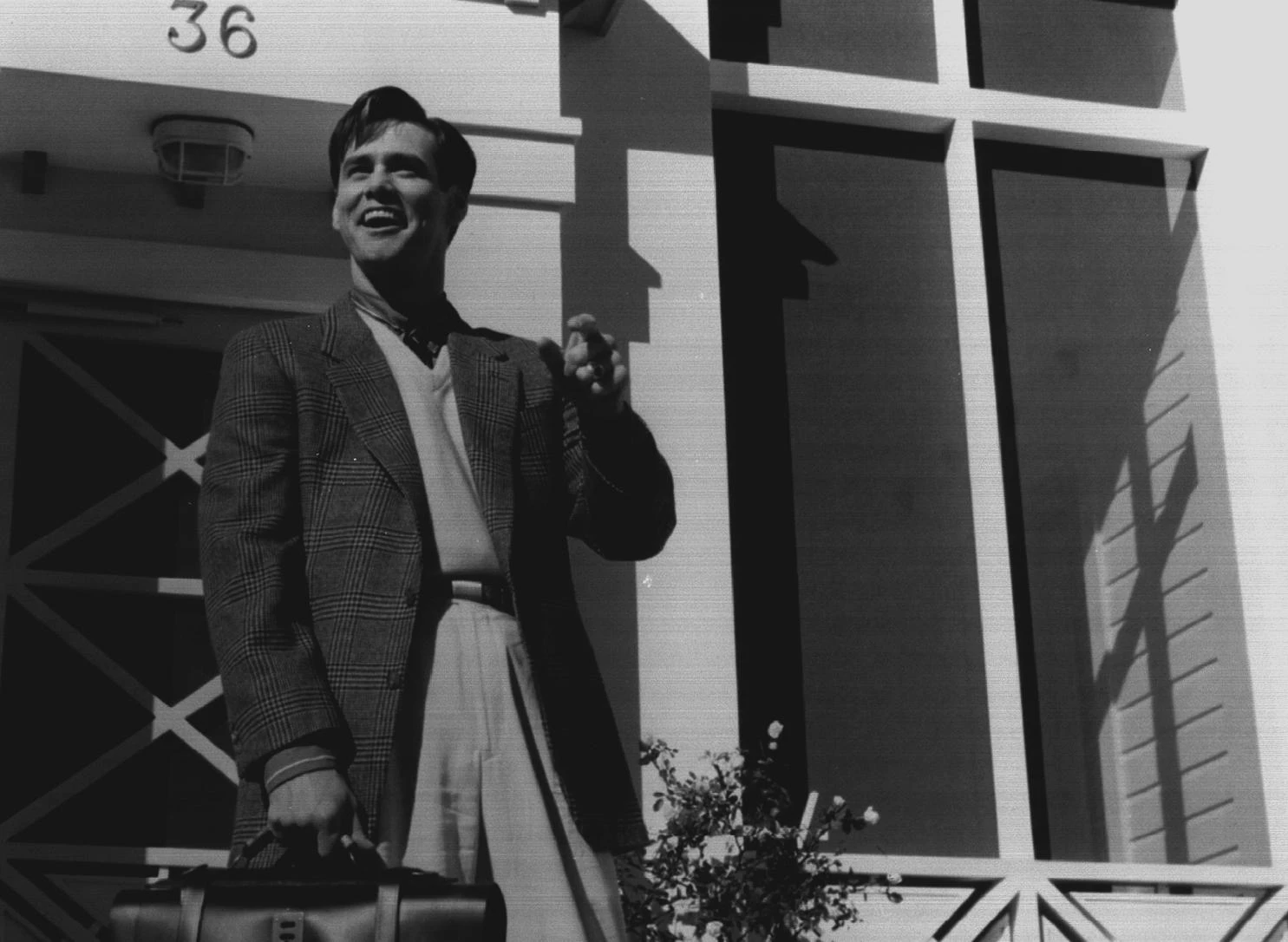
Jim Carey stars in the huge television mock up The Truman Show, which was paradoxically filmed in a real place: the Seaside development in Florida, an emblem of the ‘new urbanism’ of the United States.
Truman Burbank is real and fictional. The main character of Peter Weir’s film is a person who is made to inhabit a giant television studio from the day he is born, so that his life, picked up by thousands of hidden cameras, becomes the subject of a top-rating series: The Truman Show. All those around him – family, friends, co-workers – are actors, but Truman’s innocence stays intact, and this fact is the secret of the program’s popularity. Authentic, while the star of an unending performance, Truman is about the voyeurism of reality shows and the proliferation of simulacra in the contemporary world, but also about deceitful perceptions of reality and the false or feigned nature of our own lives.
Truman’s takes place in an idyllic context: a small American town of wooden houses and white fences that might have been taken straight out of a Norman Rockwell drawing. The setting is so perfect that the viewer can assume it to be simply an enormous set. In fact the screenplay describes it as such, and the producers actually considered building it in their Los Angeles studios. Paradoxically, however, what in the fiction is a set was filmed in a real place: a vacation town on the Florida coast that was built in the eighties by two Miami architects, Andrés Duany and Elizabeth Plater-Zyberk; and a town that became a symbol of America’s ‘new urbanism’.
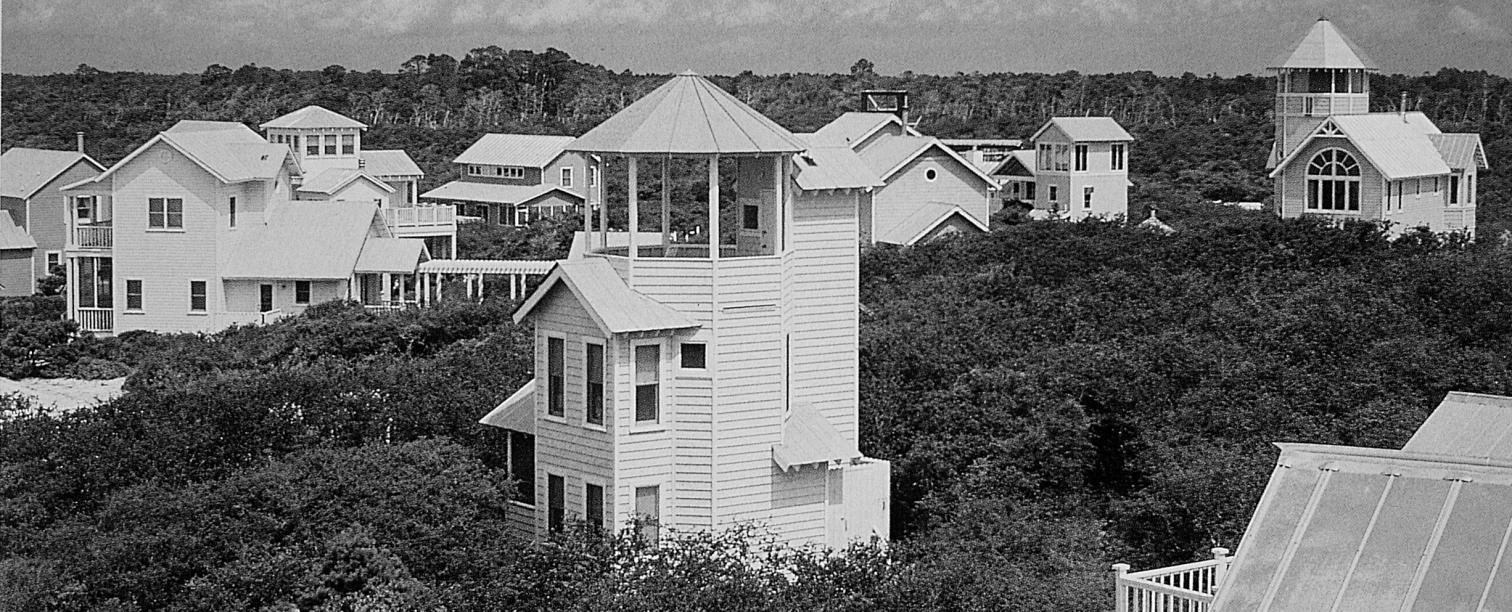
If it is ordinarily the set that apes real life, in Truman’s show reality apes a set: the programmatic Seaside of the new urbanists plays the placid Seahaven, and the real buildings of the former pretend to be sets in the latter so as to get across to audiences that Truman performs his life in a vast TV studio. This mind-twisting confusion is nevertheless in tune with the figurative origins of the new urbanism, which fused the commercial nostalgia of American pop with the resistant melancholy of European fundamentalism; the solidarity and innocence of the forties with the somnolent Arcady of the 19th century; and the post-modern liberalism of Robert Venturi with the anti-modern leftism of Leon Krier.
The model for this urbanism is, very prominently, Disneyland’s Main Street, a replica of Walt’s hometown which reconciles Venturi’s festive populism with Krier’s vernacular historicism. Not surprisingly, therefore, the most ambitious project to be undertaken so far by the new urbanists is a Disney development. Celebration, not far from the city of Orlando in Florida, resembles Seaside in every way and has been put forward as a prototype for a real estate revolution that could make the Mickey Mouse multinational the Levitt of the next century, using its experience with the fictional realities of motion pictures and theme parks to manufacture the realistic fictions of the new developments that promise a life that is sedate, conflict-free, smiling and trivial.
This pleasant make-believe existence is the life of Truman, whose very name incorporates the contemporary ambiguity between reality and fiction, for the true man is cynically surnamed Burbank, the Los Angeles area where most large film and television studios are concentrated. Truman Burbank, therefore, is an onomastic oxymoron that reflects our contradictions: we pursue truth, but only know how to make facsimiles; we criticize the sugary falsifications of the new urbanism, but succumb to the narcotic fictions that protect us; we claim to face up to reality, but prefer the media’s analgesic version of it. The world of Truman is our own world. From the depths of the cavern we watch a succession of shadows, and dream of dreaming of being dreamt of.

